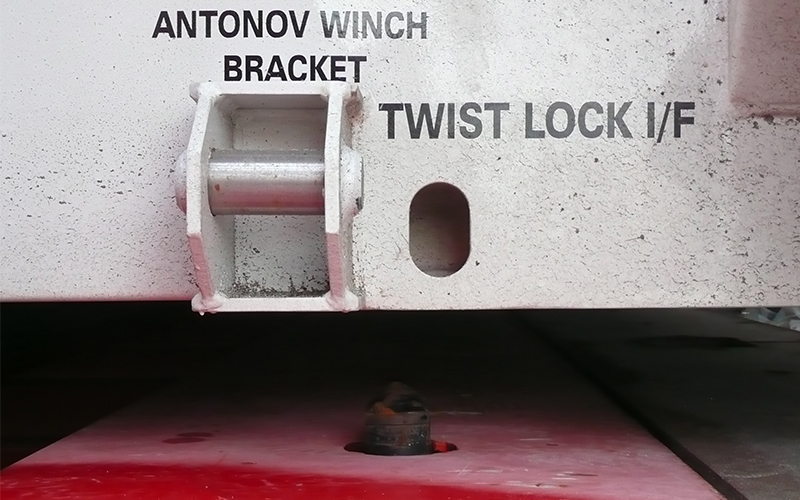Stowage of cargo
Context and challenges
Road freight transport is the backbone of transport and logistics in Europe, requiring efficiency and security. In this respect, the securement of cargo is essential. It is estimated that around 25% of accidents involving HGVs can be attributed to poor or non-existent stowage.existent stowage.existent stowage.
« Managing risk is to knowingly assuming it, without confusing unpredictability with imprudence. »
Jean Dausset, Nobel Prize for Medicine 1980
To avoid any damage, stowage and securement must respect the laws of physics. The basic principle is that in the absence of any restraining force, a moving object will continue to move in a straight line at a constant speed. This movement can lead to serious material and bodily injury.

Regulatory framework for the stowage of cargo
In several European States, there are national standards and technical regulations regarding the stowage of cargo, stowage equipment and the strength of bodywork structures. These standards must be complied with.
Our stowage commitment
Our commitment to securement involves:
- stowage training for all staff delivered by an internal specialist trainer.
- conducting stowage research in accordance with standard EN 12195-1 including the submission of reports and associated cargo plans
- using stowage resources such as textile straps or lashing chains that are compliant with standard EN 12195-2/3.
- using enclosed bodied vehicles according to standard EN 12642, offering structure and strong tie-down points
Attach importance to cargo securement.

